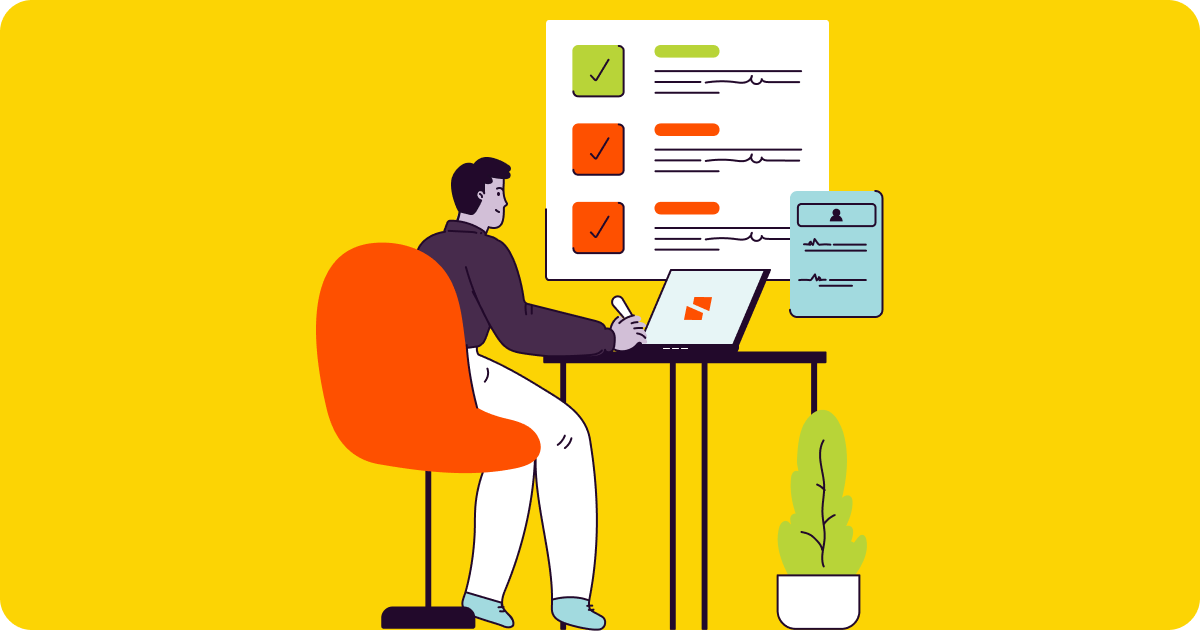Customer service leaders are facing a complex set of challenges. Business is rapidly changing, agent attrition rates are increasing, and teams are being asked to generate more revenue than ever before. Add growing call volumes, customer preferences, and economic uncertainty to the mix, and it’s easy to see why it’s such a pivotal time for customer service teams.
There’s also a lot of work that needs to go into preparing and equipping those who interact with customers the most — your customer service agents. Organizations need to get agents up to speed quickly while ensuring they know the ins and outs of your products and services.
And, considering that 89% of customers are more likely to make another purchase after just one positive service interaction, it’s clear that the experiences that agents deliver can make or break your customers’ loyalty.
A new approach to agent training and coaching
When every customer experience is a moment that matters, it’s up to customer service leaders to enable agents to meet — and exceed — customer expectations. This starts with customer service training and coaching.
But, just like nearly every other aspect of business, effective agent training doesn’t look like it used to. Historically, customer service teams have relied on training that includes onboarding training seminars, in-person classes, shadowing, and nesting. But this isn’t exactly agent friendly, and it doesn’t set them up for long-term success.
Now, agents need consistent and on-demand access to training and content that enables them in their exact moment of need. In this post, we’ll cover three ways that organizations can deliver agent-first training that drives productivity, engagement, and service levels.
Dynamic and engaging microlearning
The span of knowledge for agents is elaborate, and we’ve seen that this directly correlates to high agent turnover within the first 90 days of employment. Companies quickly try to deliver all of this information through classroom-style training, but nearly 70% of learning is forgotten just one day after generic training. It’s challenging for agents to grasp and remember detailed information and feel confident that they know everything they need to in such a short window of time. So, when it comes time to take customer calls on their own, they leave.
Instead of requiring agents to remember everything they learn during in-person seminars, agent-first training embraces microlearning. Microlearning breaks down complex training materials and topics into manageable and easily digestible content delivered online. By providing agents with a repository of information, they can easily access and review content when and where it’s best for them. This approach helps new agents learn at their own pace and revisit content as often as they need it.
Never stop growing.
Ongoing practice and coaching
HubSpot’s Annual State of Service Report found that nearly half of all service agents already struggle to manage difficult conversations. To pile on to this challenge, agents also need to anticipate other scenarios or questions that the customer may experience and walk them through those solutions during the same interaction.
To help agents navigate unique situations and solve difficult customer problems, they need to practice similar scenarios in a safe space before applying their skills and knowledge with an actual customer. Practice helps agents build expertise so they can confidently serve customers and identify opportunities for proactive service. It also allows customer service trainers and managers to provide personalized feedback and coaching for ongoing skill improvement.
Learning support in a streamlined workflow
Agents already spend a lot of time jumping between different systems. In an industry where time is of the essence, it’s important for agents to easily find and access training materials and content without jumping to yet another tool.
Increasing efficiency for agents empowers them to solve customer problems quickly and increases key performance metrics like first-call resolution and average handle time. Bringing agent training and knowledge into an agent’s workflow is a great way to revolutionize how they serve the customer. Instead of placing them on a lengthy hold while they search for the answer or transfer them to another teammate, agents are empowered to find the info they need when they need it to provide fast and accurate service.
Customer service organizations that embrace and implement agent-first training will experience countless benefits including reduced onboarding time, improved CSAT scores, and increased performance.
If you’re interested in hearing more, join us for our upcoming webinar, Setting up your contact center agents for success, on Wednesday, December 14th. We’ll discuss how customer service teams can improve workflows and the agent experience, and ultimately provide superior customer service through microlearning and coaching. See you there!
